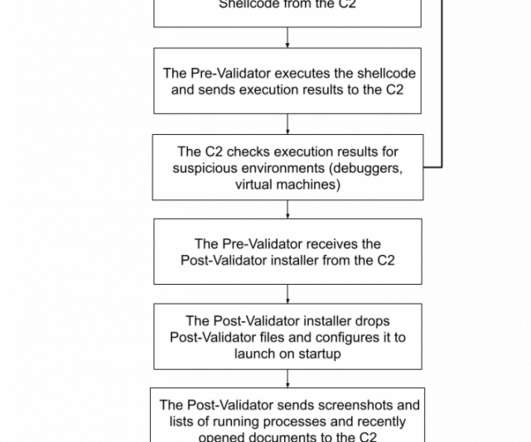Overview of IoT threats in 2023
SecureList
SEPTEMBER 21, 2023
The first-ever large-scale malware attacks on IoT devices were recorded back in 2008, and their number has only been growing ever since. A successful password cracking enables hackers to execute arbitrary commands on a device and inject malware. Statista portal predicts their number will exceed 29 billion by 2030. Tested, tried.












Let's personalize your content